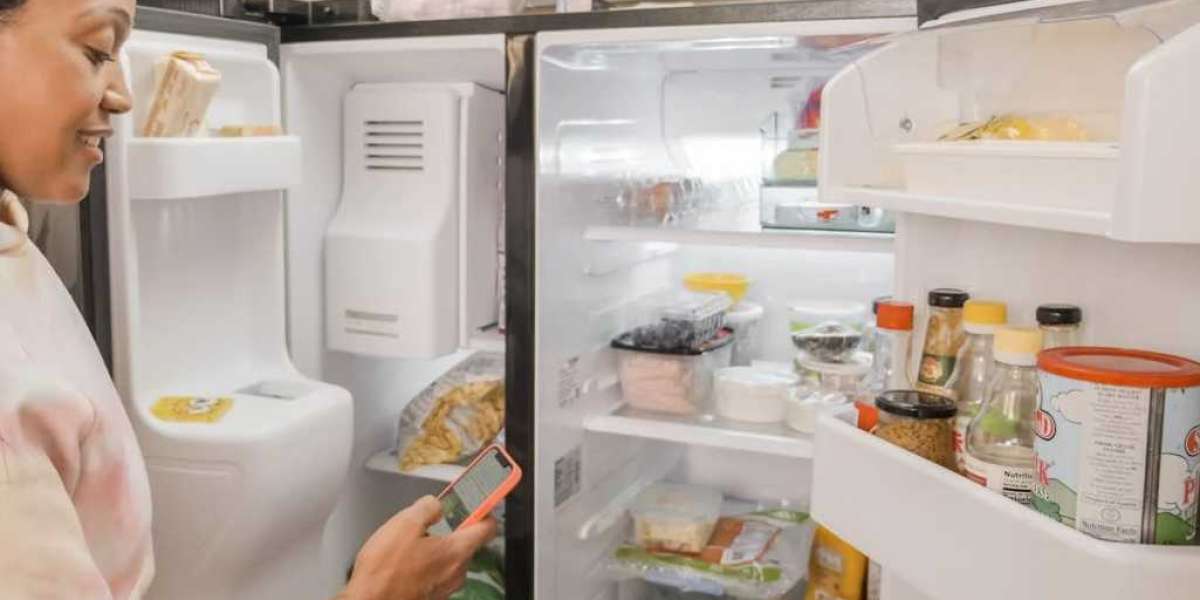Selecting the appropriate refrigeration equipment is critical for any restaurant, as it directly affects the efficiency of your kitchen and the quality of the food you serve. With various options available, choosing the right size refrigerator can be daunting. Here’s a comprehensive guide to help you make an informed decision.
Understanding Your Needs
Assessing Storage Requirements
The first step in choosing the right size refrigerator is to understand your storage needs. Consider the type and volume of food your restaurant handles daily. For instance, a fine dining restaurant may need more space for perishables like fresh produce, dairy, and meat, while a fast-food outlet might require ample storage for pre-prepared ingredients.
Types of Food Stored
The type of food you store will also dictate the kind of refrigeration equipment you need. Raw meats, seafood, and dairy products often require different storage conditions compared to vegetables and beverages. Understanding these requirements will help you choose a refrigerator that maintains optimal storage conditions for various food types.
Types of Refrigeration Equipment
Reach-In Refrigerators
Reach-in refrigerators are versatile and come in various sizes. They are ideal for restaurants that need to store a moderate amount of perishable goods within easy reach of the kitchen staff. These units are perfect for storing frequently used items and can be placed conveniently in the kitchen for quick access.
Walk-In Refrigerators
For larger restaurants or those with significant storage needs, walk-in refrigerators offer ample space and flexibility. These units are essentially large, cold storage rooms where you can store bulk quantities of food. They are best for establishments that handle high volumes of ingredients and need to store them for extended periods.
Undercounter Refrigerators
Undercounter refrigerators are compact units designed to fit under countertops. They are excellent for small restaurants or as supplementary storage in larger kitchens. These refrigerators provide easy access to ingredients without taking up additional floor space.
Bar Refrigerators
If your restaurant has a bar, specialized bar refrigerators are essential. These units are designed to store beverages and bar supplies at the ideal temperature. They are typically smaller and more compact, making them perfect for behind-the-bar installation.
Size Considerations
Measuring Available Space
Before purchasing refrigeration equipment, measure the available space in your kitchen. Ensure you account for the refrigerator’s doors and drawers to open fully without obstructing movement in the kitchen. Also, consider the ventilation requirements, as proper airflow is crucial for efficient operation.
Capacity Needs
Refrigerator capacity is measured in cubic feet. Estimate the volume of food your restaurant will need to store at any given time. A common mistake is underestimating your needs, leading to overcrowded refrigerators that hamper efficiency and food safety. It's better to choose a slightly larger unit to accommodate future growth.
Flexibility and Adjustability
Look for refrigerators with adjustable shelving and compartments. This flexibility allows you to organize storage according to your needs and maximize the available space. Removable and adjustable shelves make it easier to store items of different sizes and shapes.
Energy Efficiency
Energy Star Ratings
Energy efficiency is a crucial factor in selecting refrigeration equipment. Look for models with Energy Star ratings, which indicate the unit meets strict energy efficiency guidelines set by the Environmental Protection Agency. Energy-efficient models can significantly reduce your utility bills over time.
Operational Costs
Consider the operational costs associated with the refrigerator. More efficient models might have a higher upfront cost but will save money in the long run through lower energy consumption. Evaluate the total cost of ownership, including maintenance and repair expenses.
Features and Technology
Temperature Control
Accurate temperature control is vital for preserving the quality and safety of your food. Look for refrigerators with digital temperature displays and easy-to-adjust settings. Some advanced models come with programmable controls and alarms that notify you of any temperature fluctuations.
Defrost Systems
Refrigerators come with either manual or automatic defrost systems. Automatic defrost systems are more convenient and prevent ice buildup, which can affect the unit’s efficiency. However, manual defrost units are typically less expensive and may be suitable for smaller operations.
Door Types
The type of door on the refrigerator can impact its usability. Glass doors are ideal for displaying contents without opening the door, reducing the frequency of opening and closing and thus maintaining a consistent temperature. Solid doors provide better insulation and are often more energy-efficient.
Insulation
High-quality insulation is essential for maintaining consistent temperatures and reducing energy consumption. Ensure the refrigerator has adequate insulation, particularly if it will be placed in a hot kitchen environment.
Brand and Reliability
Reputable Brands
Choose refrigeration equipment from reputable brands known for their reliability and customer service. Brands with a history of quality and innovation are more likely to offer durable and efficient products. Research reviews and ask for recommendations from other restaurant owners.
Warranty and Support
A good warranty and responsive customer support are critical. Check the warranty terms for both parts and labor, and ensure there is a local service center or authorized technician available for repairs. Reliable support can minimize downtime and keep your kitchen running smoothly.
Budget Considerations
Initial Cost vs. Long-Term Savings
While it might be tempting to choose the least expensive option, consider the long-term savings associated with energy-efficient models and those with lower maintenance costs. Investing in a high-quality refrigerator can pay off over time through reduced energy bills and fewer repairs.
Financing Options
If budget constraints are an issue, explore financing options. Many suppliers offer leasing or financing plans that allow you to spread the cost over several months or years. This can make it easier to invest in the right refrigeration equipment without compromising on quality.
Conclusion
Choosing the right size refrigerator for your restaurant involves careful consideration of your storage needs, space constraints, energy efficiency, and budget. By understanding the different types of refrigeration equipment and their features, you can select a unit that enhances the efficiency of your kitchen and ensures the quality of your food. Invest in reliable and efficient refrigeration to support the success and growth of your restaurant.








